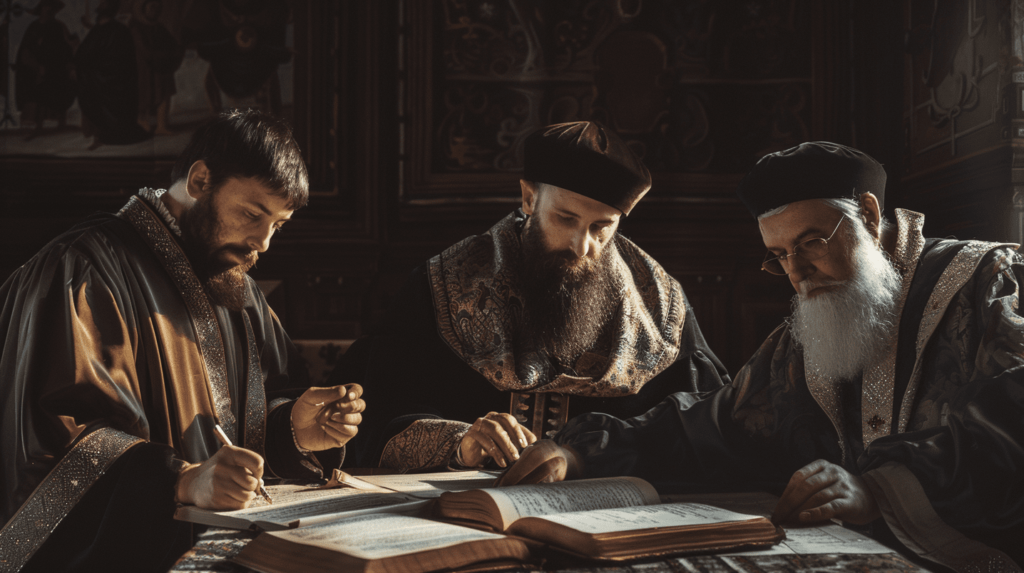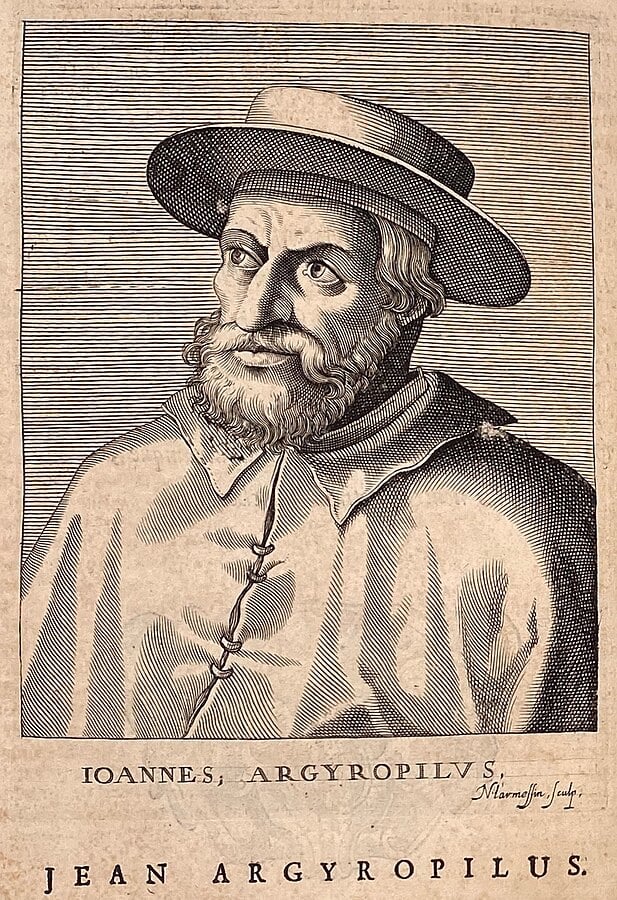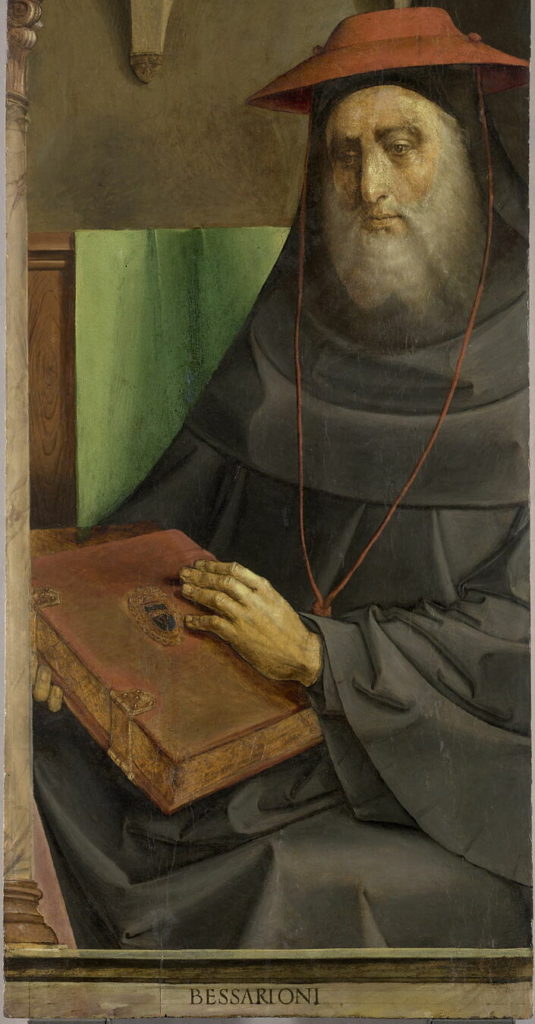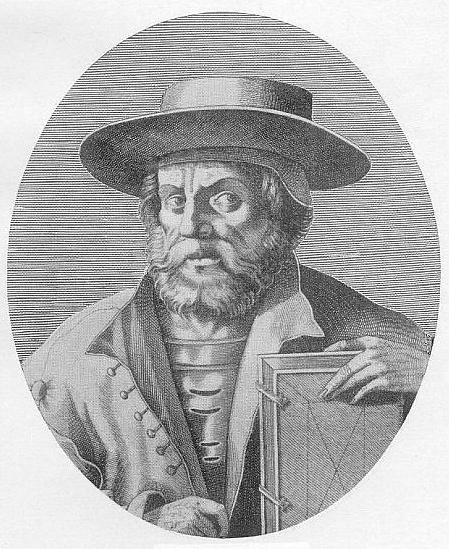
Throughout history, many Greek scholars became the unsung heroes of the Renaissance, the period that linked ancient wisdom with a new modern era of scientific knowledge.
The Renaissance emerged in European history as an opportunity of enlightenment, shining a new way for scholars and thinkers from across the globe to meet in Italy. The Mediterranean country became the epicenter of this cultural rejuvenation from the 14th to the 17th century.
Within this framework of people who changed Europe forever were also Greek scholars, whose journey from their homelands was not always easy. Many of them were forced to leave, as this was the time when the Eastern Roman Empire, also known as the Byzantine Empire, was falling into the hands of the Ottomans. However, this journey of the Greek scholars turned into an opportunity, on their behalf, to safeguard and share the treasures of ancient Greek wisdom.
This historical period can only be described as an era of change and turmoil. Characterized by strong ecclesiastical rifts, crucial philosophical debates, and the shadows of the conquest of the Byzantine Empire, these times were the main reason behind the influx of Greek scholars to the Italian peninsula. The Greek scholars, fleeing the aftermath of events like the fall of Constantinople and Thessaloniki, found in Italy not just a safe place but also an academically fertile ground for them to grow.
Their arrival coincided with the beginning of the West’s shift towards the ancient Greeks, texts and philosophies of whom were preserved in the Byzantine Empire from centuries ago. This new reality, with Italy becoming the epicenter for the growth of Greek thought, found new life in the lecture halls and libraries of cities like Florence, Rome, and Venice.
John Argyropoulos, Bessarion, and Manuel Chrysoloras were a few of those who emerged as important figures in this cultural exchange. Each one of them contributed in their own way to the revival of classical learning.
Their efforts did not merely include the translation of ancient texts into languages other than Greek. These men ignited a flame of curiosity to their counterparts of Western Europe that would inspire the world for centuries to come. Through their important teachings, the rich heritage of Greek thought became accessible to many more people, inspiring a generation of Italian scholars and beyond.
From Byzantium to Italy: The Odyssey of Greek Wisdom
This uniquely devastating event of the fall of Constantinople in 1453 to the Ottoman Turks represents a crucial moment in the history of the Greek nation. However, the Byzantine Empire, with its rich cultural and scholarly traditions, had long been the safe space for the preservation of ancient Greek and early Roman knowledge, something that a conquest could not easily erase.
As the empire’s fortunes turned for the worse, its scholars looked to the West, particularly to neighboring Italy. In Italy, there was already a fervor for humanism and science going on around the academic circles, something that created a fertile ground for their work.
This movement of Greek academics and scholars was not just a geographical transfer of knowledge. Indeed, it was a real-life transplantation of a tradition that would help the Italian Renaissance tremendously, giving rise to an era of unparalleled intellectual activity.
As the fate of these men had already been written, all they had to do was turn this devastating event, namely the fall of Constantinople, into an opportunity. This is exactly what they did. They became the heirs to an old legacy that went all the way back to Plato and Aristotle. The Greek scholars of the Renaissance would become the guardians of a heritage that Europe, in its medieval sleep, had almost forgotten.
Their arrival in Italy happened at a perfect time, exactly when this sleeping giant was about to wake up.

John Argyropoulos: The Greek Spark of the Renaissance
One of the most important names of this wave of Greek scholars to Italy was John Argyropoulos.
Argyropoulos was a figure whose passion for Classical Greek learning was immense, so much so that he ignited the same spark in the hearts of his Italian students, spreading Greece’s light across Western Europe. His translations of Aristotle brought the philosopher’s works back into the spotlight of academic thought of the time.
This was crucial, as it laid the groundwork for future scientific and philosophical discussions. The classrooms of Argyropoulos in Florence and Rome became centers of learning, attracting people the likes of Pietro and Lorenzo de’ Medici. These individuals, patrons who would themselves become synonymous with the Renaissance, were deeply inspired by the Greek scholar, something that helped their future works.
Nonetheless, in a twist of fate as poetic as any other Greek tragedy, the life of Argyropoulos was claimed not by a serious disease or warfare but by…his love for watermelon! It is believed that Argyropoulos died suddenly after eating too much of his beloved fruit.

Bessarion: Merging East and West With Philosophy and Faith
Cardinal Bessarion was another remarkable figure who bridged the worlds of the East and West.
Born in a vibrant city of Pontus, Trebizond, he was deeply connected with the rich traditions of Pontic Greek civilization. His education under the major Greek scholar Georgios Gemistos Plethon in Constantinople and Mystras shaped his understanding of Neoplatonism deeply. This became a philosophy that Bessarion would carry throughout his life, even into his later high positions within the Catholic Church.
The profound engagement of Bessarion with the Neoplatonic thought, along with his brilliant knowledge of mathematics, astronomy, and geography, clearly showed his intellectual excellence. This breadth of knowledge motivated his efforts to harmonize the philosophical schools of Plato and Aristotle later in his life. Bessarion became a monk, too, before becoming a cardinal for the Catholic Church.
Despite his thriving life in Italy, this important figure of Greek thought never lost touch with his Byzantine roots. His crucial role in the Council of Ferrara-Florence, where he championed the cause of the reunification between the Orthodox and Catholic Churches, showed his commitment to the unity of the Christian faith. Despite facing fierce opposition and skepticism, Bessarion’s influence extended beyond the ecclesiastical circles and into the heart of the Renaissance itself.
His teachings of Greek scholars and the humanist movement in the Italian peninsula made him a central figure in the spread of Greek thought to Western Europe. His home in Rome became a focal point for many other important Greeks who had made Italy their new home.
There, he actively promoted the New Learning, as the humanism of the Renaissance is also known. His work ensured that the legacy of the Greeks of ancient times would enrich the landscape of the Renaissance across the continent. Bessarion’s life and work make an example of the links between the cultural and philosophical currents of Greece, Italy, and beyond, making him a crucial figure of the humanist spirit of the Renaissance.

Manuel Chrysoloras: Reviving Greek Studies in Western Europe
Manuel Chrysoloras was another distinguished Greek scholar and diplomat, who held a close relationship with Byzantine Emperor Manuel II Palaiologos. In the 1390s, a few decades before the fall of Constantinople, Chrysoloras made his initial journey to Italy. This was not driven by need but because he was a member of a diplomatic mission to secure Western support in the face of the Ottoman threat.
Following the invitation of Coluccio Salutati, a leading politician in Florence, Chrysoloras decided to become a professor in the city, marking a new significant phase in his life. His arrival in Italy was enthusiastically greeted by his contemporaries. Chrysoloras was loved by his students and colleagues for reintroducing Greek academic studies to Italy after centuries of decline in Greek thought and influence in the peninsula.
Among Chrysoloras’ most notable contributions were his comparative study of Constantinople and Rome in Comparison of the Old and New Rome, as well as the Erotemata (Questions), a textbook on Greek grammar that became a foundational educational tool for those interested in the Greek language.
His teaching career was extremely successful, teaching several future scholars, including Poggio Bracciolini, Leonardo Bruni, Guarino da Verona, Carlo Marsuppini, and many more.
The Greeks Who Shaped the Modern Intellectual Landscape
The fascinating story of Greek scholars in Renaissance Italy is too long and important to end in the confines of an article. It is more than just a story of academic migration, too. It is a real testament of cultural and intellectual exchange between two regions that have been so similar and yet so different throughout history.
These scholars linked the rich intellectual traditions of the Eastern Roman Empire and ancient Greece to the Renaissance, establishing the foundation for modern Western thought.
Related: The Greatest Byzantine Greek Scholars of the Renaissance
See all the latest news from Greece and the world at Greekreporter.com. Contact our newsroom to report an update or send your story, photos and videos. Follow GR on Google News and subscribe here to our daily email!



